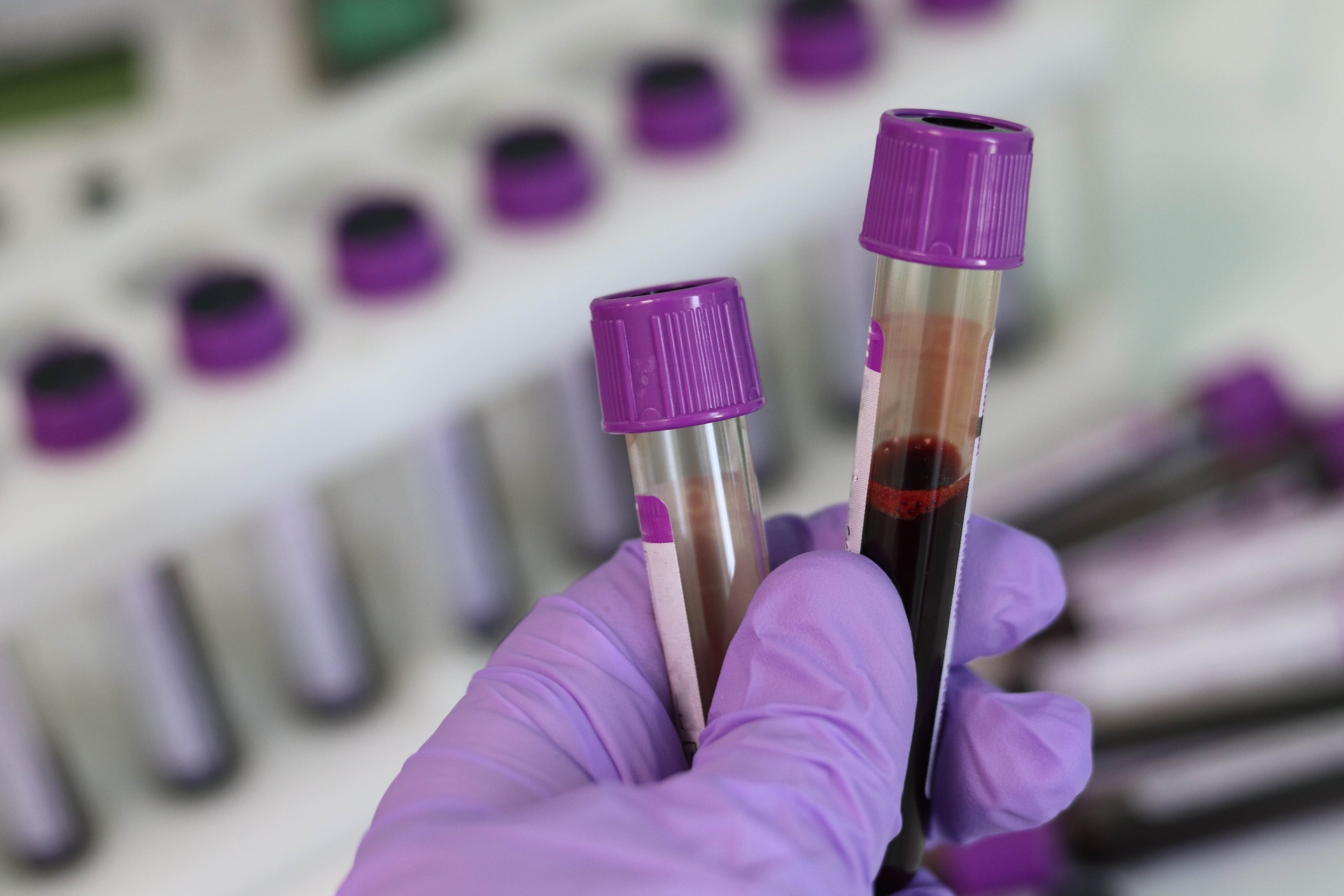
A blood test is a test in which a sample of your blood is taken for testing in the laboratory. The specimen could be serum, plasma, or whole blood based on what type of test is recommended by your doctor. Before each specimen/sample collection, the Phlebotomist reviews the appropriate test description, including the specimen type indicated, the volume, the procedure, the collection materials, patient preparation, and storage and handling instructions (1,2).
Blood tests are very common and often recommended by your doctor to see how your body is working. Blood tests also help doctors check for certain health conditions and diseases. They can also be used to check the proper functioning of your organs and show the effectiveness of treatments given.
More specifically, blood tests help health care practitioners in (2,3)
*Disclaimer: No doubt, blood tests can indicate your risk of having heart disease or other health conditions/diseases, but often other confirmatory tests are supplemented to diagnose and further confirm the specific diseases.
Some of the most common blood tests are
Lab Testing API offers a range of blood tests and an individual can order their own blood work at discounted rates through our website, and all lab orders include a physician’s order.
No special preparation is required in most of the blood tests and it takes only a few minutes to take the sample. Few blood tests require fasting (not eating any food) for 8 to 12 hours before the test (1,2).
Your doctor/ testing lab will tell you the procedure and precautions to be taken for the recommended blood test.
When you order your blood test from Lab Testing API, you may search for the required test or you may check the lab testing categories available on our website. Each test has its specific test instructions for your convenience. It can be found under the “Testing Info” section of each test.
A blood test usually involves drawing blood from a vein in one arm. Many people have the question of why is the arm chosen to draw the blood sample, it is because the arm is the most convenient part of the body and it could be covered after taking the sample. The normal and most usual place for drawing the sample is the inside of the elbow or wrist, where the veins are comparatively close to the surface (1,2).
In the case of children, a blood sample is usually taken from the back of the hand. Their skin may be numbed using a special spray or cream before taking a blood sample (2).
People usually feel discomfort and bruising at the place from where the sample has been drawn. The discomfort usually goes away very shortly after the tests are done.
Once the blood sample is drawn, it is put in a container and labeled with your name and other details and is then sent to the testing laboratory for examination. The examination could be microscopic, macroscopic, or tested with chemicals depending on what is being required to be tested.
The results are then sent back to your doctor for analysis and a further line of action. Some test results get ready within the same day, and few take days or even a few weeks to come out (1,2).
Lab testing API aims to give customers a great experience. For our customer’s convenience we share the “examination type” so that they are able to see how the specimen is tested, and the time required for results to be generated (turnaround time), this can be found under the “Testing info” section of each test. The customer gets the results in their accounts when released from the lab and is viewable at their convenience.
Written by Dr. Shikha Sharma, Reviewed by Dr. Harshi Dhingra
